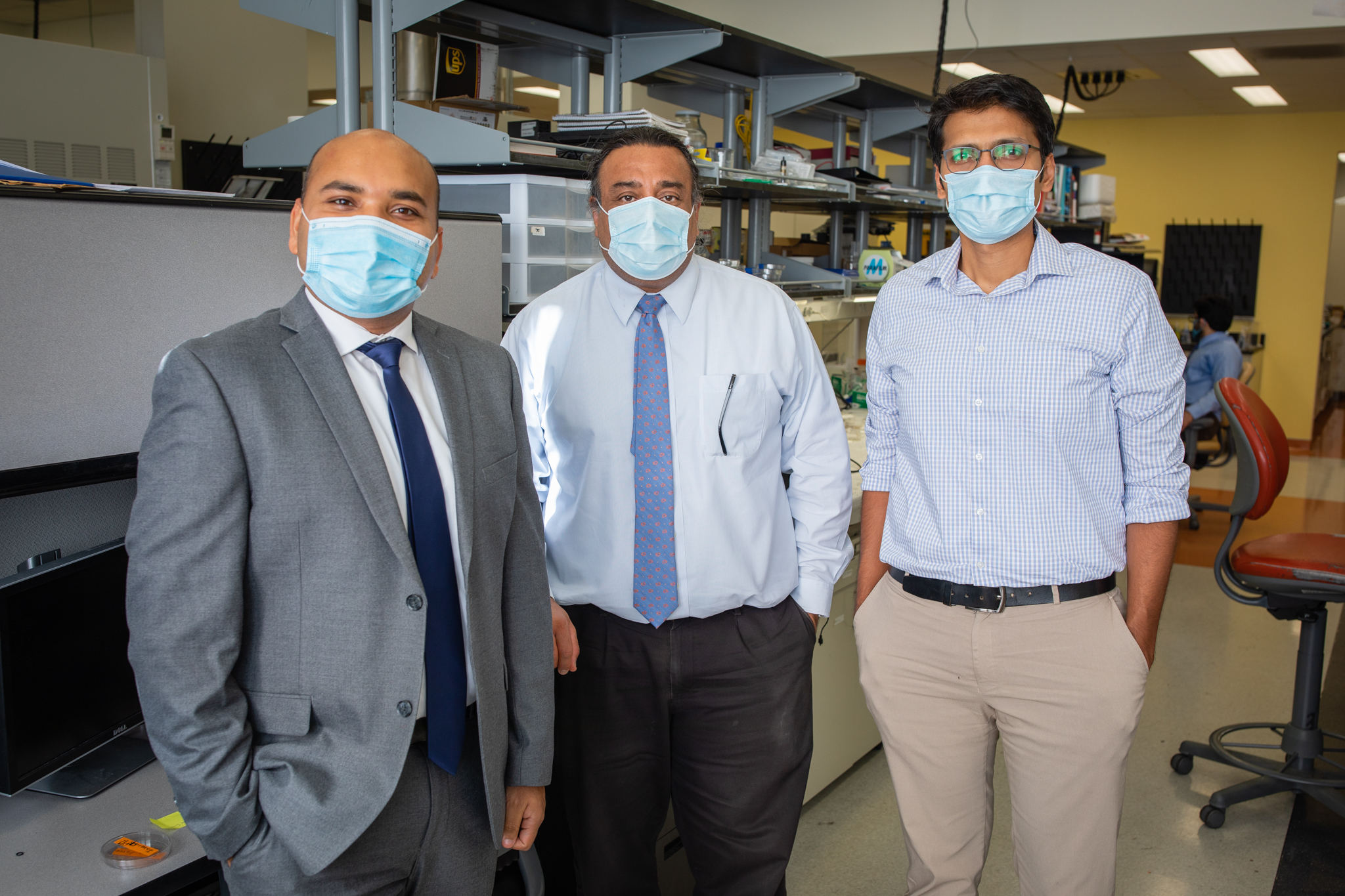Researchers receive grant to predict the mechanics of living cells

With advances in deep learning, machines are now able to “predict” a variety of aspects about life, including the way people interact on online platforms or the way they behave in physical environments. This is especially true in computer vision applications where there is a growing body of work on predicting the future behavior of moving objects such as vehicles and pedestrians.
“However, while machine-learning methods are now able to match — and sometimes even beat — human experts in mainstream vision applications, there are still some gaps in the ability of machine-learning methods to predict the motion of ‘shape-shifting’ objects that are constantly adapting their appearance in relation to their environment,” said Anuj Karpatne, assistant professor of computer science and faculty at the Sanghani Center for Artificial Intelligence and Data Analytics. Click here to read how Karpatne and his team will tackle this challenge in their National Science Foundation-sponsored research.